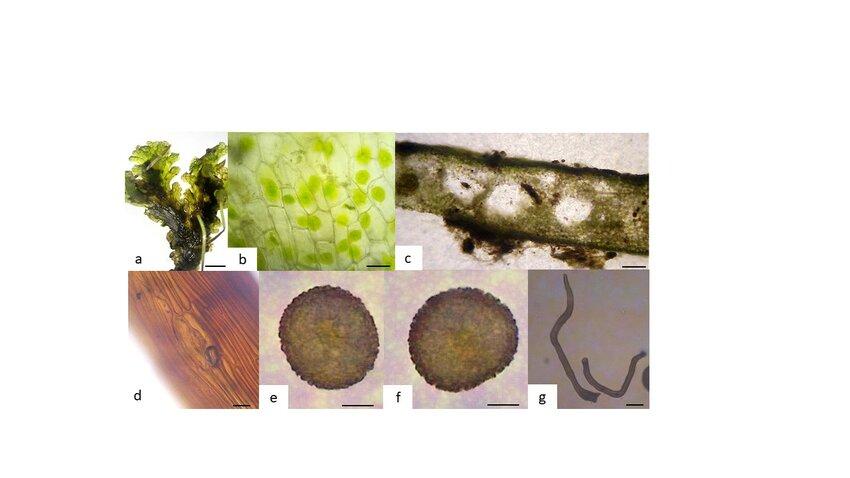
F-fuciformis-A-gametophyte-habit-bearing-the-sporophytes-B-epidermis-cells-of-dorsal.jpg from: https://www.researchgate.net/figure/F-fuciformis-A-gametophyte-habit-bearing-the-sporophytes-B-epidermis-cells-of-dorsal_fig3_355785490
Exploring the Fascinating World of Folioceros Moss
Introduction
Mosses are some of the most ancient and resilient plants on Earth. One particularly interesting species is Folioceros fuciformis (Mont.) D.C.Bhardwaj, a unique moss in the Anthocerotaceae family, commonly known as Folioceros. In this blog post, we’ll dive into the captivating world of Folioceros moss and explore its morphology, global distribution, habitat, ecological roles, and adaptations. Get ready to be amazed by this small but mighty plant!
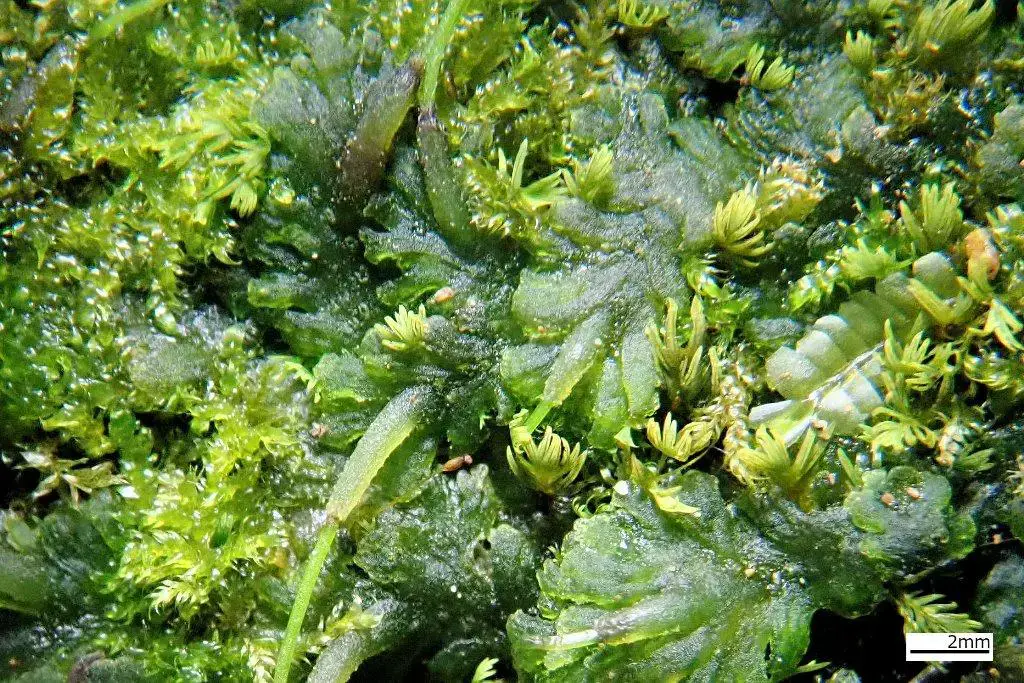
image.jpg from: https://kokemusuzukan.jimdofree.com/2020/03/18/ミヤベツノゴケ/
Background on Folioceros Moss
Folioceros fuciformis is a species of hornwort, which are non-vascular plants in the division Anthocerotophyta. Hornworts get their name from the elongated horn-like structure, called a sporophyte, that grows from the gametophyte plant. There are around 200-250 species of hornworts worldwide.

IMG_2680-e1514131492678-1024×768.jpg from: https://www.fernway.net/fieldwork/
Folioceros belongs to the Anthocerotopsida class, which contains the majority of hornwort species. The genus name Folioceros comes from the Latin words folium meaning “leaf” and ceros meaning “horn”, referring to the leaf-like gametophyte.
Morphology and Identification
Folioceros fuciformis has a unique appearance compared to other mosses:
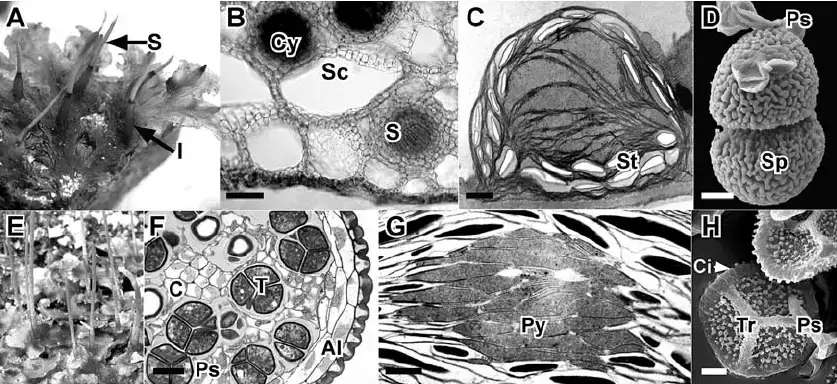
Anthoceros-Folioceros-Phaeoceros-Notothylas-and-Sphaeorosporoceros-A-Habit-photo-of.png from: https://www.researchgate.net/figure/Anthoceros-Folioceros-Phaeoceros-Notothylas-and-Sphaeorosporoceros-A-Habit-photo-of_fig1_232695087
s320x240 from: https://lusor-peter.livejournal.com/26168.html?thread=111928
The gametophyte (main plant body) is composed of a flattened, irregular thallus that is dark green in color. The thallus has a leathery texture and can grow up to 3 cm long.
From the gametophyte emerges the elongated sporophyte, the reproductive structure that produces spores. In Folioceros, the sporophyte can reach 5-7 cm tall. It is green when young and turns brown as it matures.
The sporophyte splits open lengthwise to release the spores. Folioceros produces relatively large spores compared to other mosses, around 35-50 μm in diameter.
Global Distribution and Habitat
Folioceros fuciformis has a widespread but scattered distribution across the globe:
- It is found in tropical and subtropical regions of Asia, Africa, Australia, and the Americas.
- The moss grows in damp, shaded environments such as on moist soil, rocks, and tree trunks in forests and near streams.
- Folioceros prefers humid habitats with high rainfall and moderate temperatures year-round.
Ecological Roles and Adaptations
Like other mosses, Folioceros plays important roles in its ecosystem:
- The dense mats formed by the gametophytes help
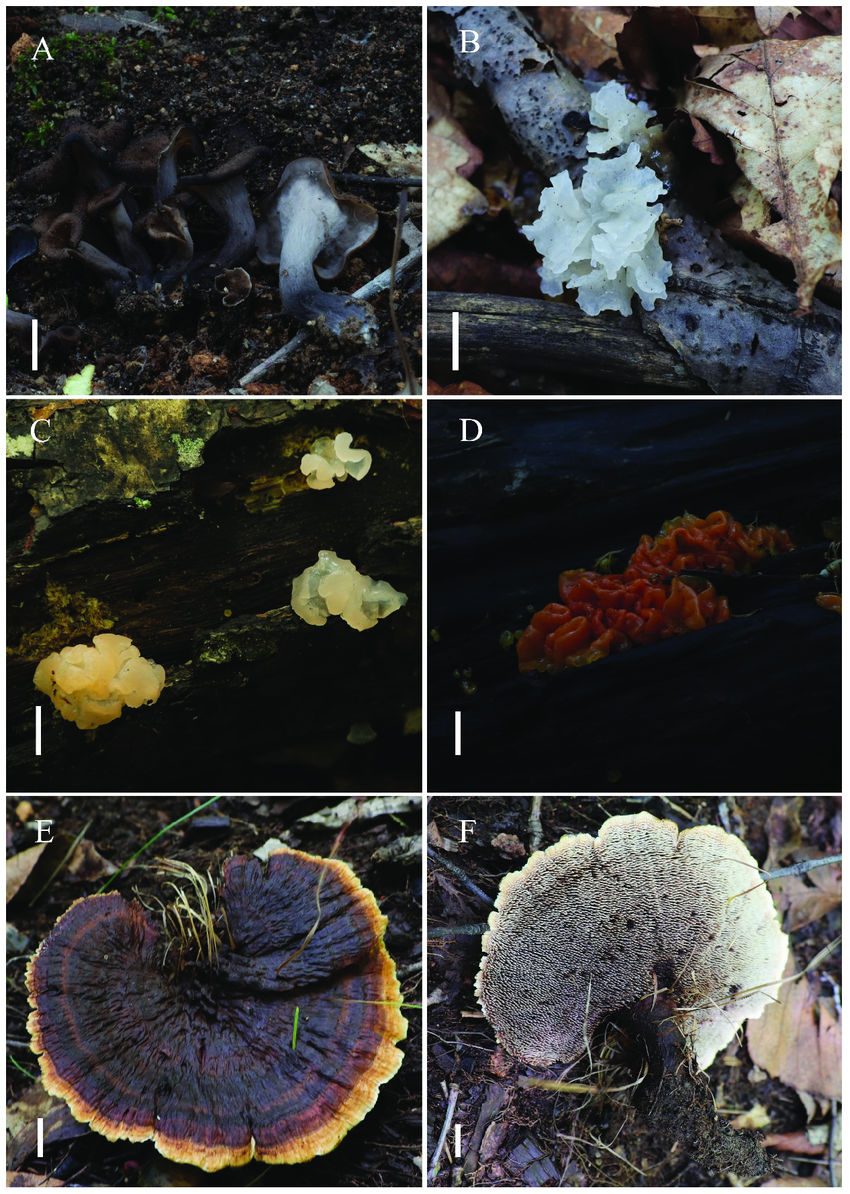
Figure-A6-A-Craterellus-cornucopioides-B-Tremella-fuciformis-C-Dacrymyces.png from: https://www.researchgate.net/figure/Figure-A6-A-Craterellus-cornucopioides-B-Tremella-fuciformis-C-Dacrymyces_fig6_358882974
prevent soil erosion and retain moisture.
- Folioceros provides shelter and humidity for small invertebrates like springtails, mites, and nematodes.
- The moss is a pioneer species that can colonize disturbed habitats, paving the way for other plants to establish.
Folioceros has several adaptations that allow it to thrive:
- The thalloid gametophyte has a high surface-area-to-volume ratio, enabling efficient uptake of water and nutrients.
- Rhizoids anchor the moss to its substrate and absorb moisture and minerals.
- The thick-walled spores can withstand desiccation and are dispersed by wind.
Folioceros Facts
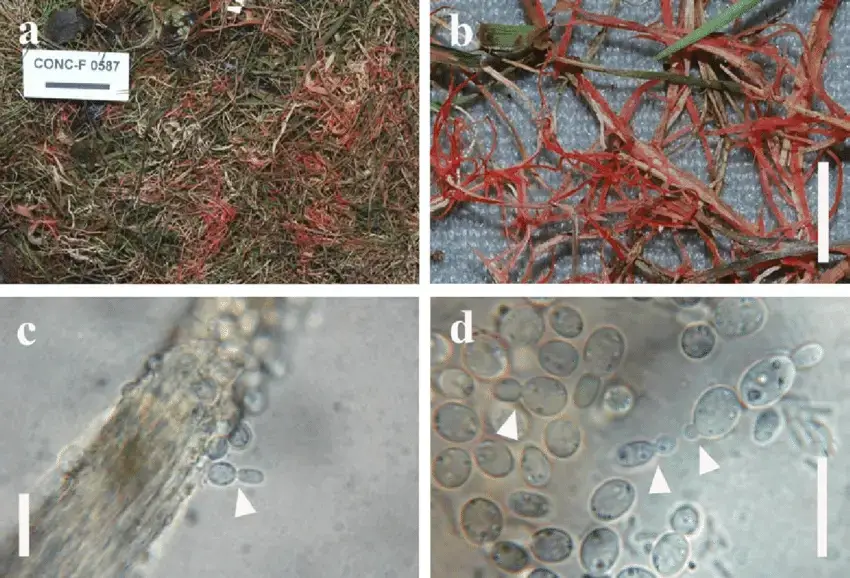
Macroscopical-and-microscopical-aspect-of-Laetisaria-fuciformis-a-aspect-of-infected.png from: https://www.researchgate.net/figure/Macroscopical-and-microscopical-aspect-of-Laetisaria-fuciformis-a-aspect-of-infected_fig1_262544359
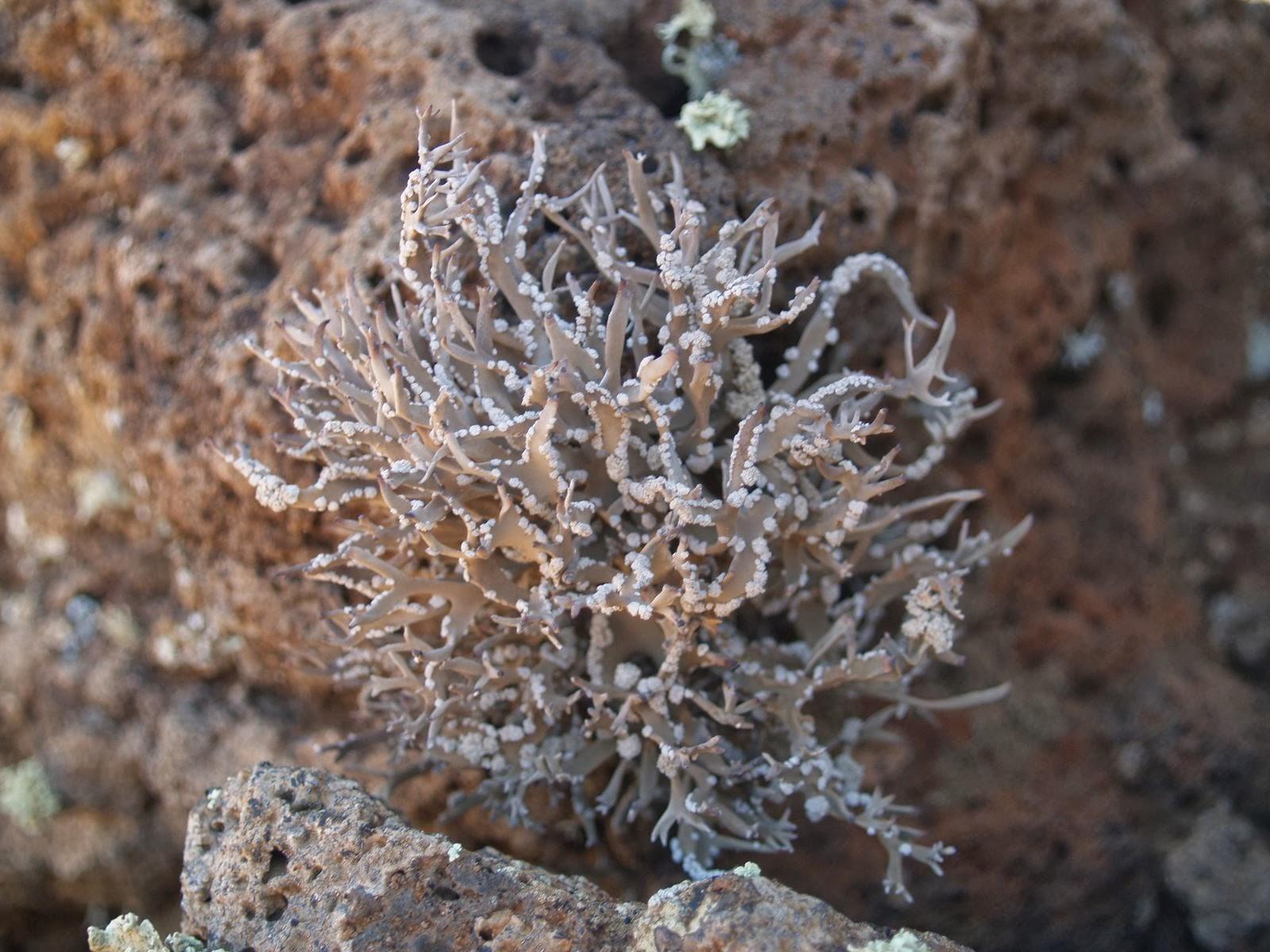
Roccella+fuciformis+L172+(Valverde,+El+Hierro,+28+de+mayo+de+2013)+Foto+1c.jpg from: https://treparriscosfieldnotebook.blogspot.com/2013/12/roccella-fuciformis.html
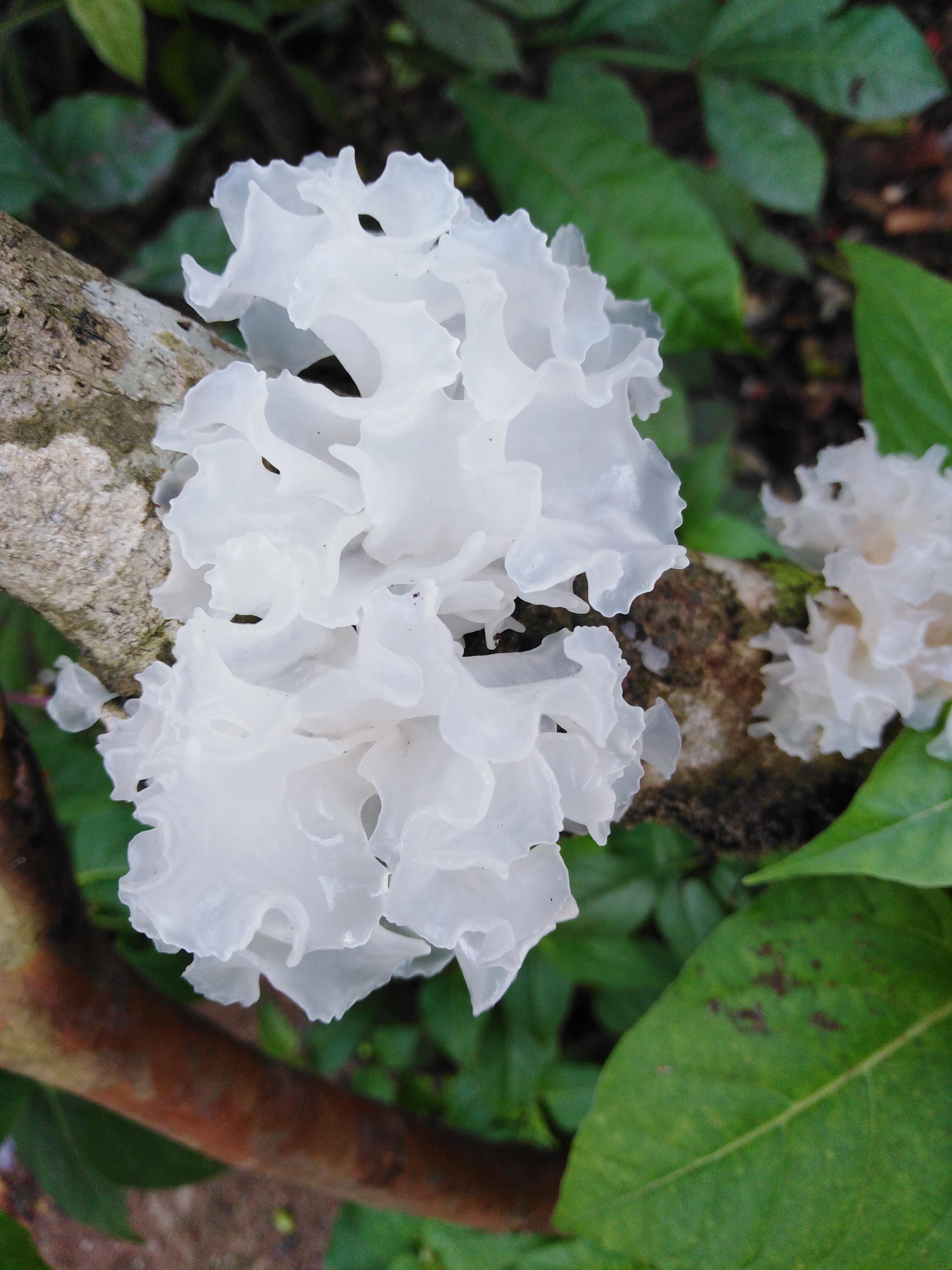
30134.jpg from: https://indiabiodiversity.org/observation/show/15860918
| Characteristic | Description |
|---|---|
| Division | Anthocerotophyta |
| Class | Anthocerotopsida |
| Order | Anthocerotales |
| Family | Anthocerotaceae |
| Genus | Folioceros |
| Species | F. fuciformis |
| Gametophyte | Flattened thallus |
| Sporophyte | Horn-like, 5-7 cm tall |
| Spore size | 35-50 μm diameter |
| Habitat | Damp, shaded areas |
| Distribution | Tropical & subtropical |
Conclusion
Folioceros fuciformis is a remarkable moss with a unique morphology and widespread distribution in tropical and subtropical regions worldwide. This hornwort plays vital ecological roles and has adaptations that allow it to flourish in damp, shaded habitats.
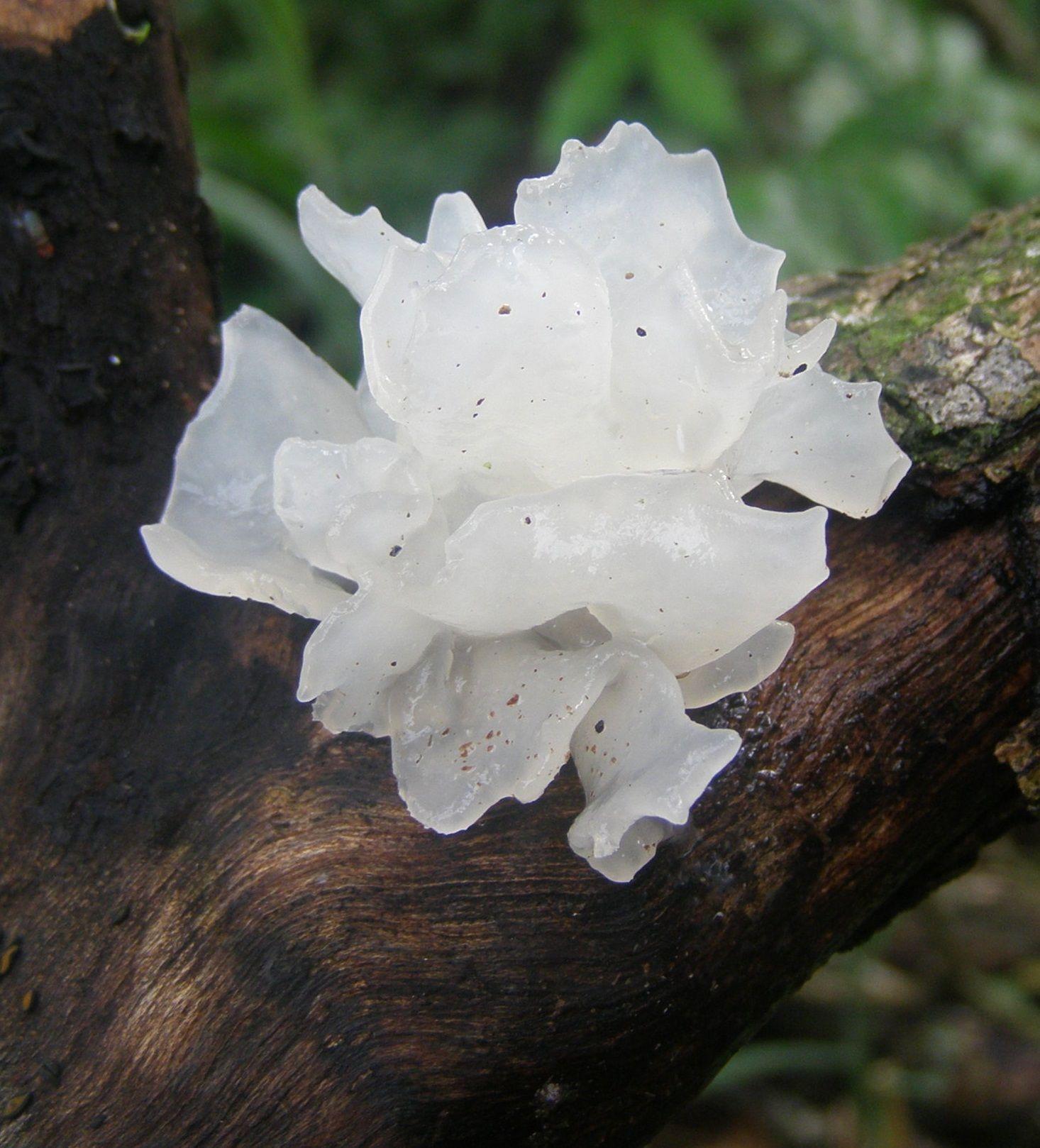
efda18a72948e13feeb9393106b6676d.jpg from: https://www.pinterest.com.mx/pin/340936634265793857/
The next time you’re in a humid forest, keep an eye out for Folioceros – you might just spot this amazing little moss and marvel at the complexity of the plant world. What other fascinating mosses and bryophytes have you encountered?